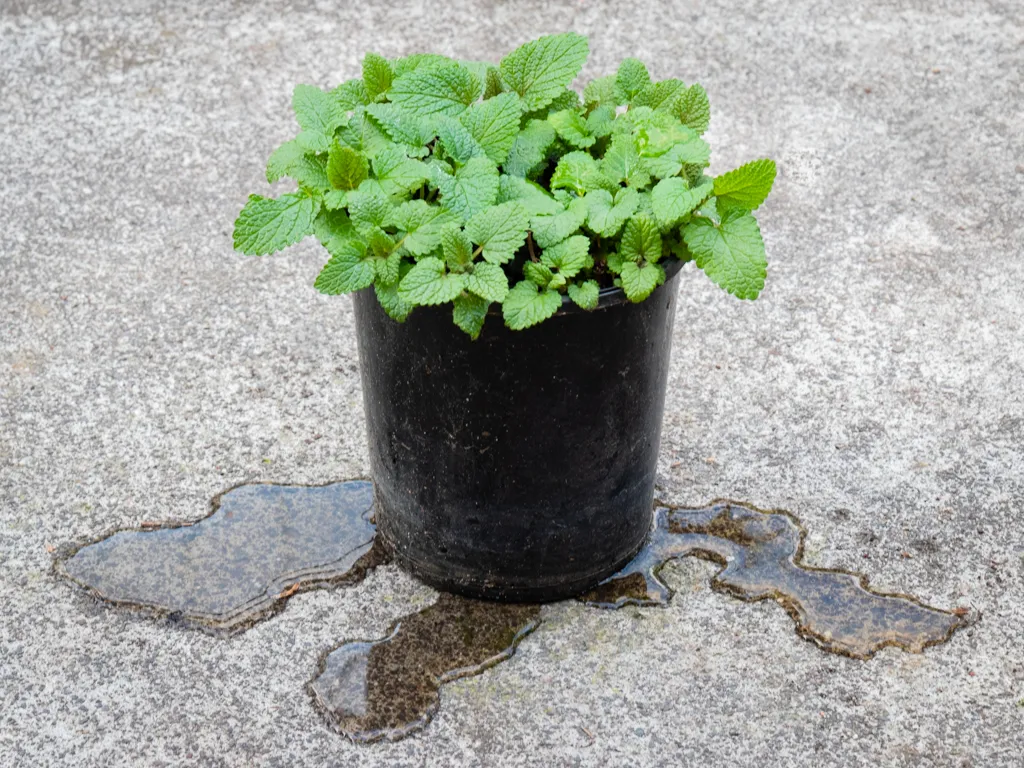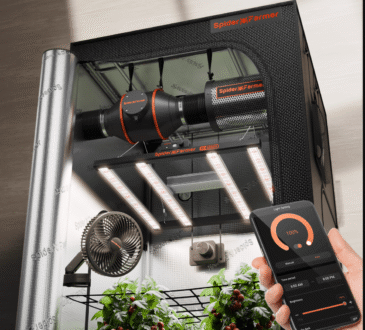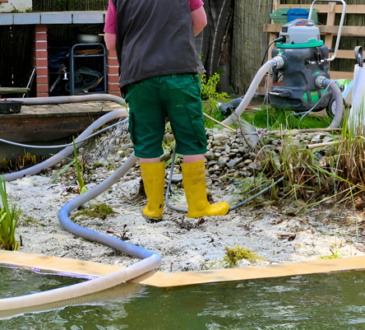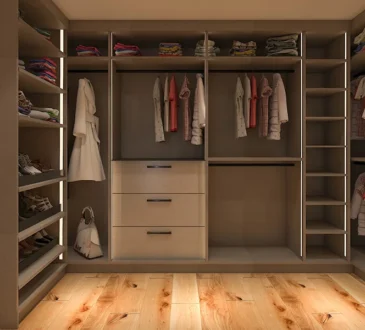The Science Behind the Pot: Understanding Size, Drainage, and Material for Optimal Plant Growth

Plant pots play an integral role in ensuring the healthy growth and longevity of our cherished plants. At a glance, the process may seem simple: choose a pot, fill it with soil, and plant your green friend inside. Yet, diving deeper into the science reveals a myriad of considerations when it comes to size, drainage, and material. For businesses and large-scale plant enthusiasts, knowing these intricacies is vital, especially when looking into wholesale pots for plants.
The Significance of Size
Size plays a pivotal role in determining how well a plant will grow in its pot. Choosing the wrong size can lead to overcrowded roots or excessive soil that remains damp for too long.
Small Pots
- Perfect for Young Plants: Seedlings and young plants benefit from starting in smaller containers. It allows them to establish a root system without getting overwhelmed.
- Risk of Becoming Root-Bound: Plants can quickly outgrow small pots, leading their roots to become constricted, hindering growth.
Large Pots
- Space for Growth: Larger pots give plants plenty of room to grow. This is especially crucial for plants that have extensive root systems.
- Potential Waterlogging: With excessive soil, there’s a risk of it retaining too much moisture, which can cause root rot.
Finding the Right Balance A common rule of thumb is to choose a pot that is 2 to 4 inches larger in diameter than the current size of the plant’s root ball. This allows for optimal growth without overburdening the plant with excess soil.
The Dynamics of Drainage
No matter the size, proper drainage is non-negotiable. Here’s why:
Importance of Drainage
- Avoids Waterlogging: Excessive moisture is a primary cause of root rot in plants. Drainage ensures the water doesn’t sit at the base, causing damage.
- Allows Roots to Breathe: Just as plants need water, they also require oxygen. Well-draining soil and pots enable the roots to access air.
Wholesale Pots for Plants and Drainage When considering wholesale pots for plants, drainage should be a top priority. Ensure that the pots either come with drainage holes or are made of a material that allows for manual drilling.
Material Matters
The type of material a pot is made of can drastically affect a plant’s health. Let’s delve into some of the common materials:
Clay or Terracotta Pots
- Pros: These are porous, allowing the roots to breathe and ensuring good evaporation of excess moisture. This can be especially useful for plants that prefer drier conditions.
- Cons: They can be heavy and may break easily. Additionally, in colder climates, they may crack due to frost.
Plastic Pots
- Pros: Lightweight, durable, and typically come with drainage holes. They’re also the most common type found in wholesale pots for plants.
- Cons: They retain moisture for a longer duration, which may not be suitable for all plants. Over time, UV rays can degrade the quality of plastic, causing it to become brittle.
Ceramic or Glazed Pots
- Pros: These are visually appealing and provide a good weight that prevents larger plants from toppling over.
- Cons: They retain moisture similar to plastic pots and can be heavy. Ensure they have drainage holes, or be prepared to drill your own.
Fabric Pots
- Pros: Promote air-pruning, which encourages healthier root systems. They’re also lightweight and easy to move.
- Cons: They dry out faster, so more frequent watering may be required.
The Environmental Aspect In recent years, there’s been a surge in eco-friendly pots made of sustainable materials like coconut coir or rice husks. When considering wholesale pots for plants, it’s worth exploring these options for an environmentally conscious choice.
In Conclusion
The journey to understanding the perfect pot for your plant can be as intricate and beautiful as the growth of the plant itself. Remember:
- Size is crucial. Match the pot’s size to the plant’s needs to avoid root-binding or overwatering.
- Drainage is a lifeline. Whether you’re purchasing single pots or wholesale pots for plants, never compromise on drainage.
- Material affects growth. From terracotta to fabric, the material can dictate how often you water and the overall health of the plant’s roots.
By combining the science of size, drainage, and material, you’re on your way to fostering a thriving environment for all your green companions.



